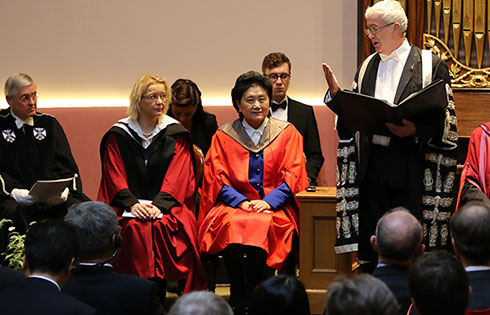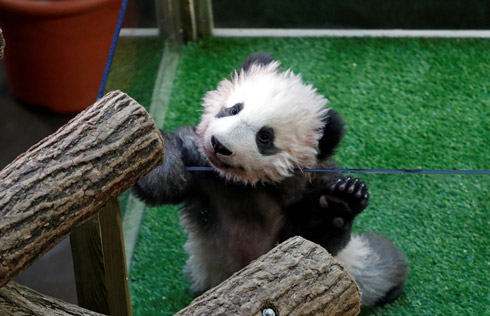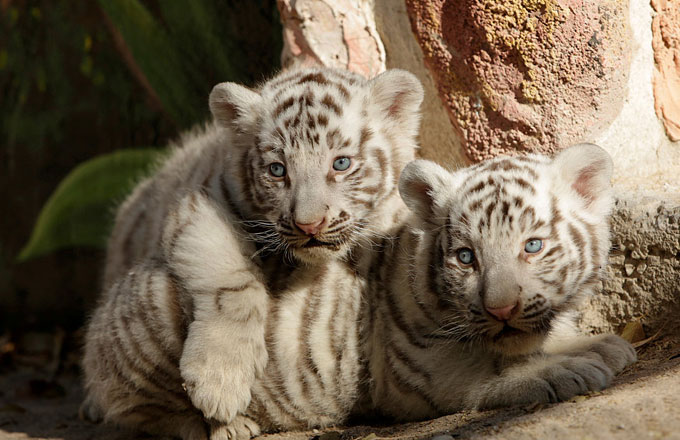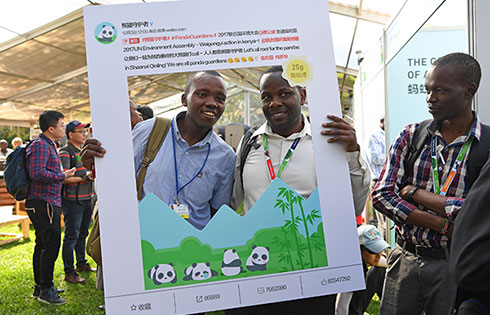Fossil first: ancient human relative may have buried its dead
 |
|
Professor Lee Berger holds a replica of the skull of a newly discovered ancient species, named "Homo naledi", during its unveiling outside Johannesburg September 10 2015. [Photo/Agencies] |
CRADLE OF HUMANKIND, South Africa - Humanity's claim to uniqueness just suffered another setback: scientists reported on Thursday that a newly discovered ancient species related to humans also appeared to bury its dead.
Fossils of the creature were unearthed in a deep cave near the famed sites of Sterkfontein and Swartkrans, treasure troves 50 km (30 miles) northwest of Johannesburg that have yielded pieces of the puzzle of human evolution for decades.
"It was right under our nose in the most explored valley of the continent of Africa," said Lee Berger of the Evolutionary Studies Institute at Johannesburg's University of the Witwatersrand.
The new species - described in the scientific journal eLife (http://elifesciences.org/) - has been named 'Homo naledi', in honour of the "Rising Star" cave where it was found. Naledi means "star" in South Africa's Sesotho language.
Paleoanthropologists concluded it buried its dead - a trait previously believed to be uniquely human - through a process of deduction.
Africa's largest single collection of hominin (human and human-related) fossils was made up of 15 individuals, from infants to the elderly, pieced together from more than 1,500 fragments.
Virtually no other remains from other species were found there and the bones bore no claw or tooth marks - suggesting they were not the leftovers from a predator's larder or death trap.
"It does appear after eliminating all other possibilities that Homo naledi was deliberately disposing of its body in a repeated fashion," Berger told Reuters in an interview.
"That indicates to us that they were seeing themselves as separate from other animals and in fact perhaps from the natural world," he added.





















